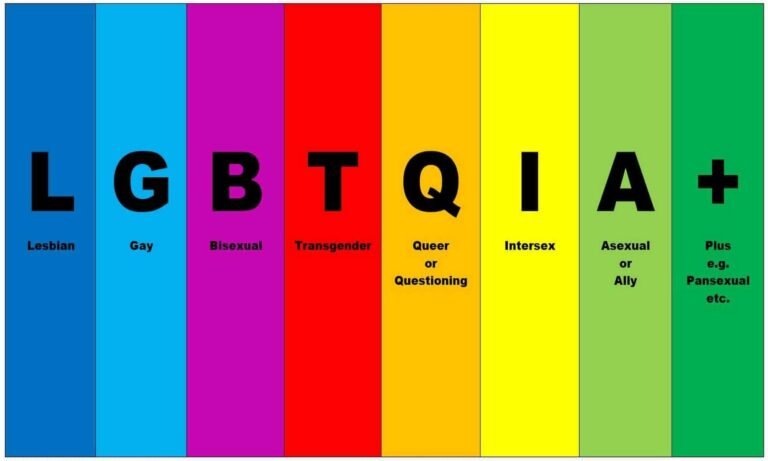Disability is a complex, evolving, and multifaceted issue that affects an estimated 1.3 billion people worldwide, representing about 16% of the global population. This figure is growing due to factors such as population aging and the increase in chronic noncommunicable diseases. Disabilities can range from physical impairments to mental health conditions and sensory disabilities, each presenting unique challenges to individuals and societies.
A disability is usually defined as any condition of the body or mind that makes it more difficult for the person with the condition to do certain activities and interact with the world around them.
A disability is usually legally defined as a person who:
- Has a physical or mental impairment that substantially limits one or more major life activities,
- Has a history or record of such an impairment, or
- Is perceived by others as having such an impairment.
The World Health Organization (WHO) emphasizes that disability is not just a health issue but a complex phenomenon reflecting the interaction between a person’s body and the society in which they live. The environment plays a crucial role in the experience and extent of disability. Inaccessible environments, whether due to physical barriers, societal attitudes, or lack of supportive policies, can significantly hinder the participation of persons with disabilities in society.
Efforts to address these challenges have been ongoing. The WHO, in collaboration with various countries and organizations, has been working to advance health equity for persons with disabilities. This includes strengthening data collection on disability, implementing the UN Disability Inclusion Strategy, and promoting access to assistive technology.
The World Report on Disability published by the WHO provides a comprehensive overview of the state of disability worldwide. It highlights that more than a billion people experience some form of disability, with 2-4% facing significant difficulties in functioning. The report also offers concrete recommendations for policy and practice to improve the lives of people with disabilities.
Despite these efforts, there is still a long way to go. People with disabilities often face health inequities, leading to early death in many cases. For instance, a recent report highlighted the neglected health needs of children with developmental disabilities, underscoring the importance of inclusive health services.
As we move forward, it is crucial to continue advocating for the rights and inclusion of people with disabilities. This includes creating enabling environments, providing quality education and employment opportunities, and ensuring access to necessary health and support services. By addressing the barriers that people with disabilities face, we can make significant progress in improving social participation and achieving health equity for all.
The 4 Types
To better understand and categorize disabilities, they are often broken down into four main types: physical, sensory, cognitive, and mental health. Each type of disability has its own set of challenges and needs, which can vary greatly from person to person.
- Physical Disabilities
Physical disabilities are some of the most visible types of disabilities. They affect an individual’s mobility or dexterity, and can include conditions such as spinal cord injuries, cerebral palsy, or amputation. These disabilities can be congenital or acquired through injury or disease. - Sensory Disabilities
Sensory disabilities impact one or more of a person’s senses. The most common types are visual and auditory disabilities, which affect sight and hearing, respectively. Conditions such as blindness, low vision, deafness, or hearing impairment fall under this category. - Cognitive Disabilities
Cognitive disabilities affect a person’s ability to think, concentrate, formulate ideas, reason, and remember. They can be present from birth or acquired later in life and include conditions like Down syndrome, traumatic brain injury, and dementia. - Mental Health Disabilities
Mental health disabilities are related to a person’s emotional and psychological well-being. Common examples include depression, anxiety disorders, schizophrenia, and bipolar disorder. These can be long-term or episodic, significantly impacting a person’s daily life and activities.
It’s important to note that these categories are not mutually exclusive; individuals can experience multiple types of disabilities simultaneously. Moreover, disabilities can vary in severity and impact, with some individuals requiring more support and accommodations than others.
Understanding these categories is crucial for creating inclusive environments and policies that cater to the diverse needs of individuals with disabilities. It also helps in raising awareness and reducing the stigma associated with disability. In conclusion, recognizing and respecting the different types of disabilities is a step towards a more inclusive society. It allows for better support systems and acknowledges the unique experiences of each individual living with a disability.
Accessibility
In the digital age, accessibility is a fundamental aspect of technology that ensures everyone, including people with disabilities, can use products and services effectively. The concept of accessibility goes beyond mere physical access – it encompasses the design of devices, tools, and environments that cater to the diverse needs of users worldwide.
Microsoft, a leader in the technology industry, has been at the forefront of promoting accessibility. Their commitment to creating and growing the usage of accessible technology is evident in their wide range of products and services designed with and for people with disabilities.
From Windows 11’s built-in accessibility features that empower every person to discover and do the things they love, to the comprehensive resources available for supporting colleagues, classmates, friends, and family members with disabilities, Microsoft’s approach to inclusive technology is commendable.
Accessibility is not just about compliance with laws or standards; it’s about driving innovation that benefits all users. When technology is accessible, it can help people with disabilities to participate fully in society, increase their independence, and improve their quality of life. Moreover, accessible technology often results in better designs that benefit everyone, including those using mobile devices or those with slow network connections.
The principles of accessibility are also reflected in the design of products and services to be usable by as many people as possible, regardless of their abilities or circumstances. This inclusive approach is not only a moral imperative but also a practical one, as it expands the potential user base and fosters a more inclusive society.
As we continue to advance technologically, it is crucial to keep accessibility at the core of innovation. By doing so, we ensure that technology remains a vehicle for inclusion, empowering individuals and driving impact together. The future of technology is not just smarter or more connected; it is one that is accessible to all, breaking down barriers and opening up new possibilities for everyone. Ultimately, fostering an inclusive tech landscape will help create a more equitable society where everyone can thrive. Emphasizing universal design principles in the development process can further guarantee that no one is left behind.
What’s More
The posts in My Blog feature reflective, story-driven pieces rooted in personal and societal insights.
The topics in My Interests explore abstract, philosophical ideas and their cultural and societal impact.
👁️ 6,114 Views














